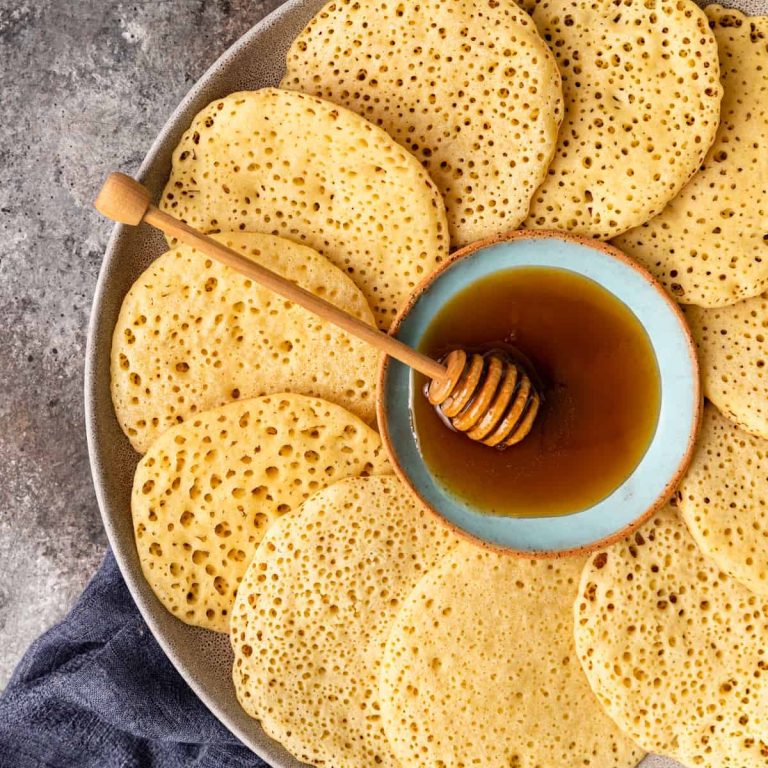Mint Jelly: History, Uses, Health Benefits, and Storage Tips for Freshness
Mint jelly likely originates from the early use of mint in culinary practices. Ancient Greeks and Romans valued mint, utilizing it in both savory and sweet dishes for its unique aroma. By the Middle Ages, mint-infused sauces began appearing in European cuisine, often paired with meats to enhance flavor. Over centuries, these sauces evolved, and mint jelly as we know it became a staple in British cuisine by the 19th century. The Victorians popularized mint jelly, putting it alongside roast lamb in traditional Sunday meals.
Popularity in Different Cultures
Mint jelly’s appeal extends beyond British convention. In the United States, mint jelly gained popularity by the mid-20th century, largely driven by the post-war fascination with gourmet foods and international recipes. In Middle Eastern cuisine, mint sauces have existed for centuries, serving similar culinary purposes. Though the form may differ, the concept of blending mint with sweet and savory elements appears in Iranian and Turkish dishes. Meanwhile, in Indian cuisine, raita, a yogurt-based mint condiment, shows a variation of the mint jelly tradition.
How Mint Jelly Is Made
Ingredients Used in Mint Jelly
Mint jelly combines a few essential ingredients for optimal flavor and consistency. Fresh mint leaves provide an aromatic and fresh taste. Granulated sugar sweetens and thickens the jelly. Apple cider vinegar adds acidity, balancing the sweetness and enhancing the mint flavor. Pectin acts as a gelling agent, ensuring the jelly sets properly. Water dissolves the ingredients and combines them seamlessly.
The Cooking Process
Making mint jelly involves several precise steps to achieve the perfect texture and flavor. First, combine water and fresh mint leaves, then bring them to a boil to extract the mint’s essence. After boiling, let the mixture steep for 10 minutes before straining out the mint leaves to obtain mint-infused water. Add the granulated sugar and apple cider vinegar to the infusion, stirring them in until the sugar dissolves completely.
Adding pectin to the mixture initiates the gelling process. Boil the mixture rapidly until it reaches a gel-like consistency, typically requiring a few minutes. Test the jelly by placing a small amount on a cold plate; it’s done if it sets within a minute. Pour the hot jelly into sterilized jars, sealing them immediately to preserve freshness. Allow the jars to cool at room temperature before storing them in a cool, dark place.
Culinary Uses of Mint Jelly
Pairing with Meats
Mint jelly commonly pairs with lamb, offering a fresh, sweet contrast to the rich flavor of the meat. You might also enjoy it with roast beef, pork loin, or grilled chicken, adding a delightful touch of sweetness to these dishes. Some chefs use mint jelly as a glaze for ham, creating a complex balance of flavors.
Other Creative Uses
Mint jelly can be versatile beyond meats. Spread it on toast or scones for a unique breakfast option. It can also serve as a tangy topping for baked brie or a flavorful ingredient in salad dressings. Some use mint jelly in marinades for a fresh burst of flavor, while others incorporate it into desserts like yogurt, ice cream, or fruit salads.
Health Benefits and Nutritional Info
Vitamins and Minerals in Mint Jelly
Mint jelly contains various vitamins and minerals crucial for your health. Fresh mint leaves provide vitamin A and vitamin C. Each tablespoon of mint jelly offers trace amounts of calcium, iron, and magnesium, essential for bone health and muscle function. Consuming mint jelly can contribute to your daily vitamin intake, though it’s not a primary source.
Dietary Considerations
When adding mint jelly to your diet, take into account its sugar content. Some recipes include substantial sugar, affecting caloric intake and glycemic levels. Be mindful if following a low-sugar or low-calorie diet. Opt for homemade mint jelly to control sugar levels, or seek low-sugar commercial options if managing diabetes or weight. Despite the sugar, moderate use of mint jelly can enhance your meals without significantly impacting overall diet quality.
Selecting and Storing Mint Jelly
Tips for Buying Mint Jelly
Prioritize quality when choosing mint jelly. Check the ingredient list first; natural ingredients like mint leaves, sugar, and pectin guarantee a better product. Avoid artificial flavors or colors to ensure optimal taste and health benefits.
Consider the brand next. Reputable brands usually maintain high standards. Reviews from other customers help gauge the jelly’s quality. Specialty stores often stock premium mint jellies with unique flavor profiles.
Look at the jelly’s texture too. High-quality mint jelly appears clear and smooth, without lumps. It’s best to choose a jar with a secure seal–this prevents contamination and ensures freshness.
Storage Recommendations
Proper storage of mint jelly maximizes its shelf life and flavor. Once opened, refrigerate mint jelly immediately. An open jar lasts up to six months in the fridge, retaining its taste and quality.
Unopened jars should be stored in a cool, dark place, like a pantry. Avoid direct sunlight or heat sources as these conditions degrade the jelly’s quality. Check the expiration date regularly to ensure it’s still safe to consume.
Use clean utensils every time you scoop out the jelly to prevent introducing bacteria. If you notice mold or an off smell, discard the jelly immediately. Proper handling keeps your mint jelly fresh and flavorful for as long as possible.
Conclusion
Mint jelly is more than just a condiment for roast lamb. Its versatility in various cuisines, combined with its health benefits, makes it a valuable addition to your pantry. By selecting high-quality, natural products and storing them correctly, you can enjoy the fresh, vibrant taste of mint jelly for months. Whether you’re enhancing a savory dish or exploring new culinary creations, mint jelly offers endless possibilities.






